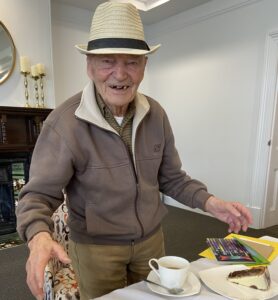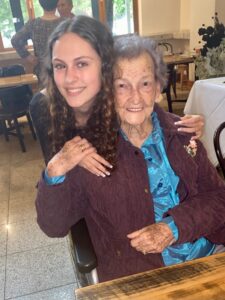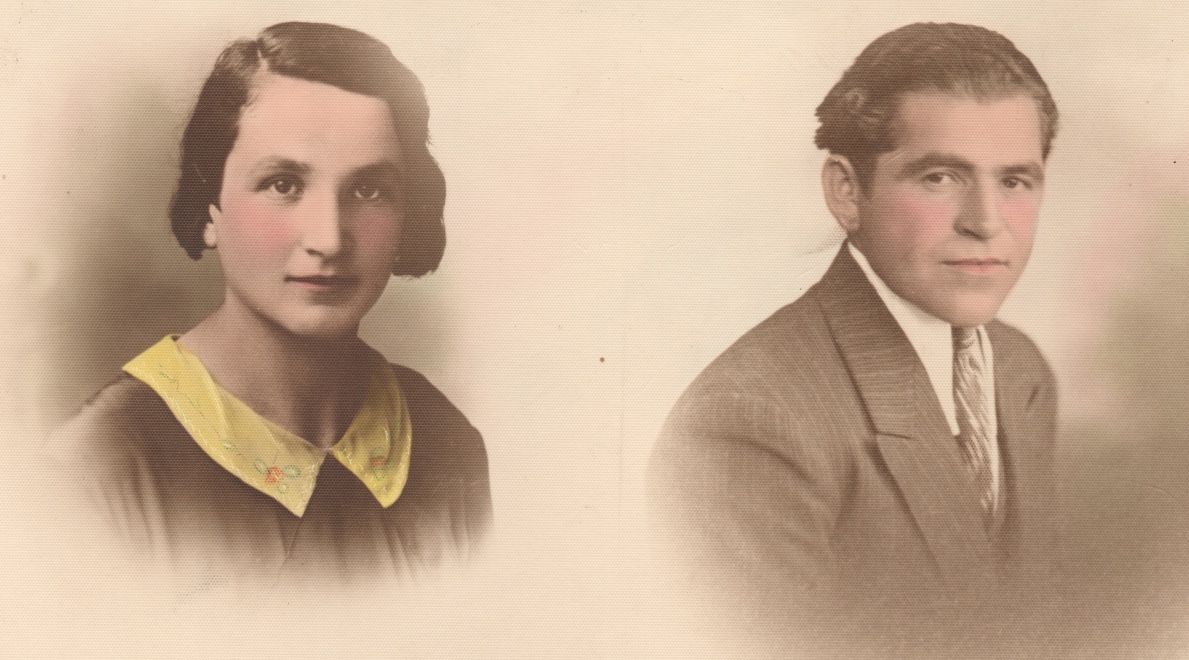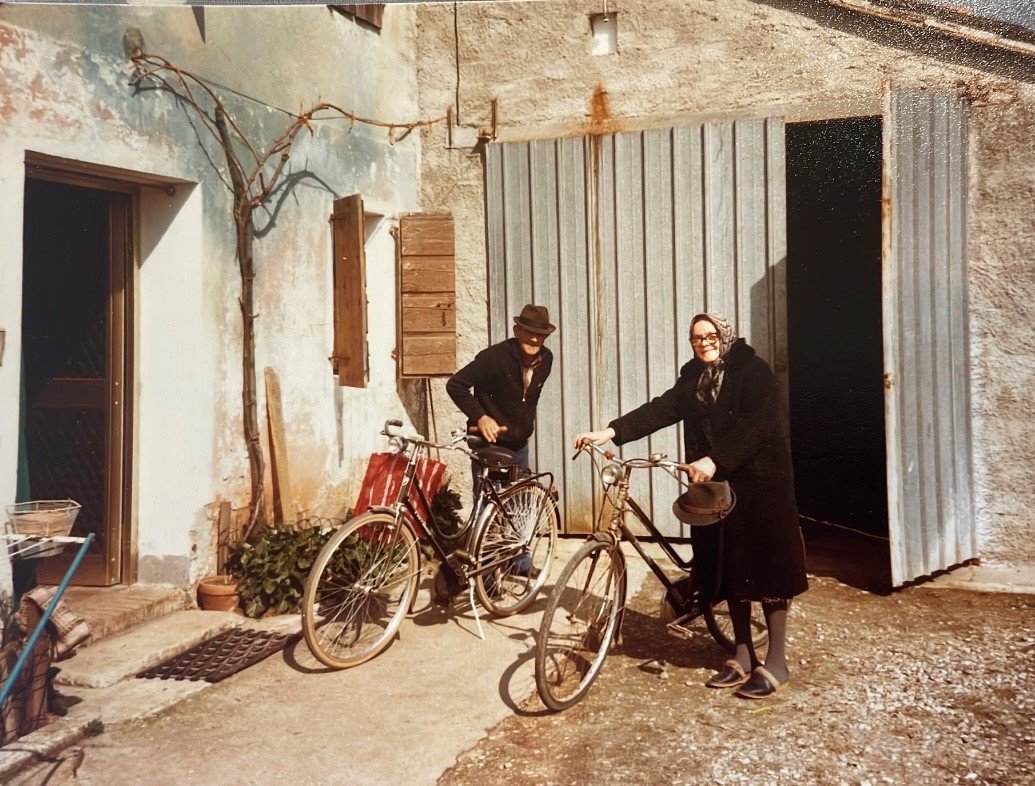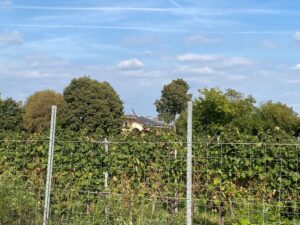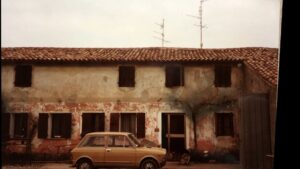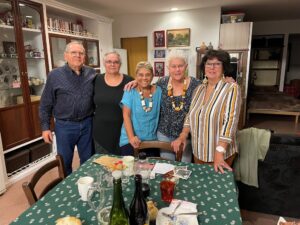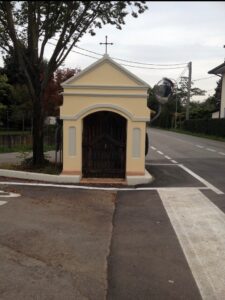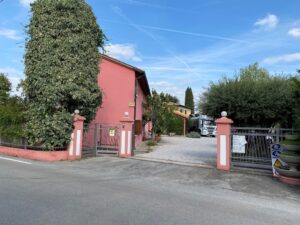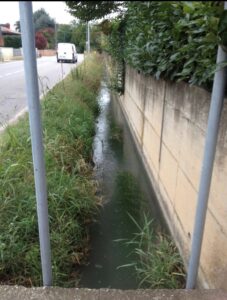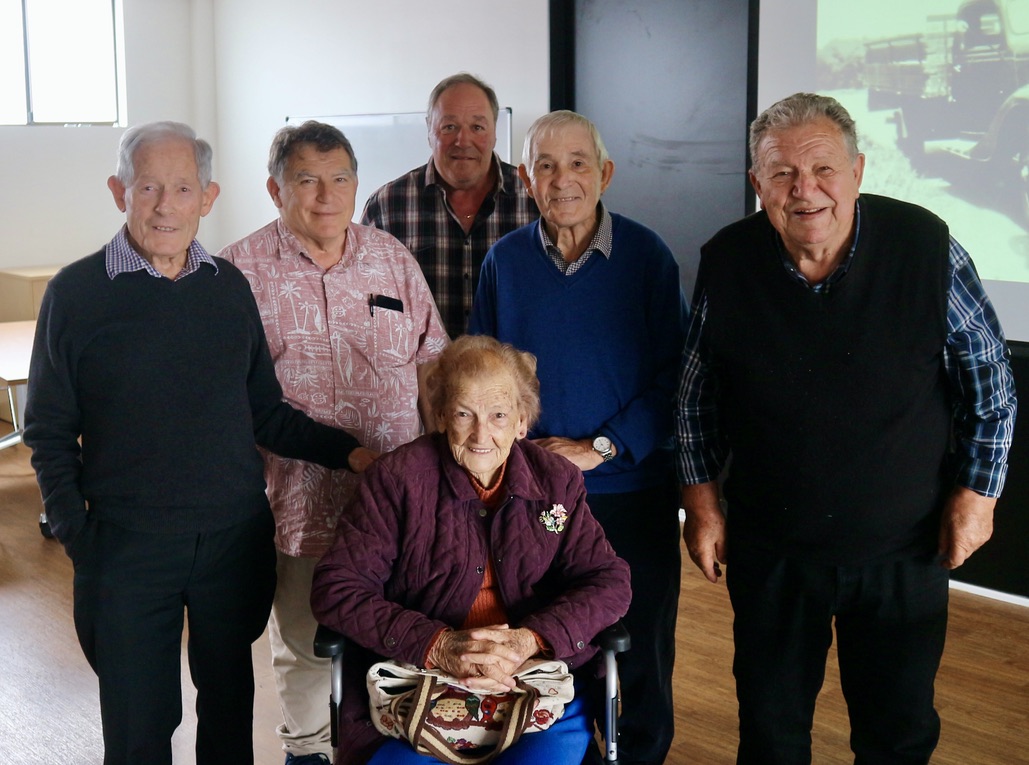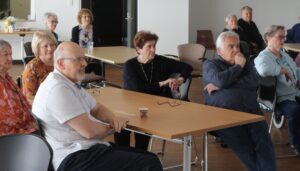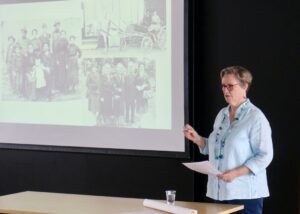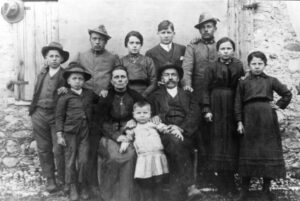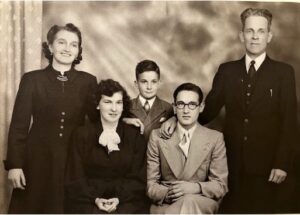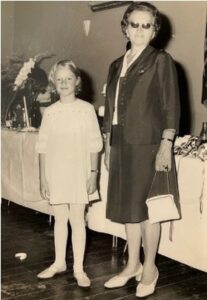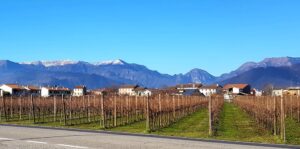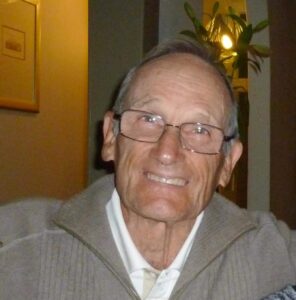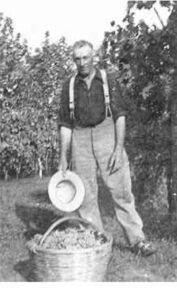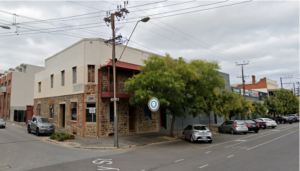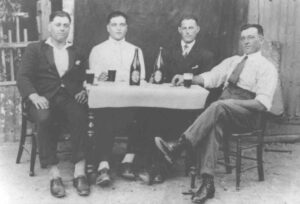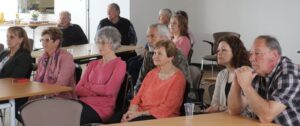In my research I’ve studied three generations of the families who were part of the close Veneto community who established market gardens in the years between the wars in the area we now know as Kidman Park and Flinders Park. At that time the families called it Lockleys.
The first generation were the people who emigrated from the Veneto region in the 1920s and 1930s and established market gardens at Lockleys after their first years of struggling to find work in the Depression years. The women who were married and arrived in Adelaide later were also members of the first generation. The children who migrated with their mothers are called the 1.5 generation – neither first generation or second generation. The second-generation people were born in Australia. The majority of people interviewed for the Veneto market gardeners’ oral history project are second generation.
In this blog I focus on four interviewees who represent three generations. All the interviews are held as permanent records in the State Library of South Australia and are also available on this website under the Pioneer Family list – Marchioro, Vittorio.
Two voices of the first generation
The first generation is represented by Vittorio Marchioro and Angelina Marchioro. Vittorio, from Malo in the province of Vicenza, arrived in Adelaide in 1927, the same year that several other of the Veneto market gardeners migrated. At that time he was 21 years old and after some time of struggling to find work, he worked on a market garden on Frogmore Road with his brother and sister-in-law, Francesco and Margherita Marchioro. After being in Australia for ten years, he wrote to his sister in Malo and asked her to recommend a young woman that might be interested in marrying and migrating to Adelaide. Angelina Marchioro from Monte di Malo (no relation to Vittorio) accepted the invitation and the couple were married by proxy in August 1938. Angelina was 20 years old when she arrived at Port Adelaide in January 1938. She remembered that she went to work in the market garden only a few days after arriving.
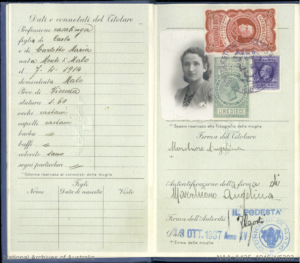
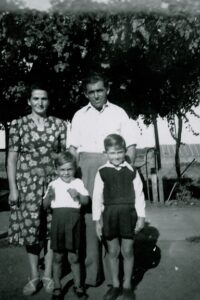
I was excited to discover the interviews with Vittorio and Angelina in the State Library about four years ago. They had recorded their stories in 1984 for a project about migrant people in South Australia. In the interviews Vittorio and Angelina reflect on their history and life in Italy and their experience in Adelaide and working together on the market gardens first on Frogmore Road and then on White Avenue Lockleys.
A 1.5 generation representative
Johnny Tormena was born on 29 November 1927 in the village of Bigolino in the province of Treviso and grew up in the first years of Mussolini’s reign. His mother’s family were actively anti-Fascist and eight of nine siblings migrated to Australia between the wars. In 1940 when he was 12 years Johnny arrived in Adelaide with his parents and sisters in 1940 a few months before Italy joined Germany in the Second World War.
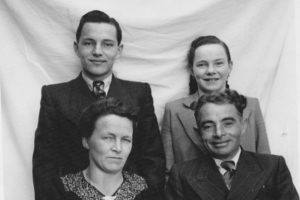
In his interview Johnny recalls life as a school boy and the influence of Mussolini in daily life and contrasts it with his experience of going to school in Adelaide and his coming of age as a young working man. Johnny was interviewed ten years ago. You can find his interviews on the Rossetto family page under the Pioneer Families list on this website.
A second-generation daughter
Lena Moscheni nee Rossetto was born on 8th December 1932 in Adelaide, the daughter of Gelindo Rossetto and Adelina (Lina) Bordin. Gelindo had arrived in 1927 from the village of Bigolino and Lina had been born in Biadene. He married Lina by proxy in 1930. Lina migrated in 1931 and settled in the Lockleys area with Gelindo working a family market garden.
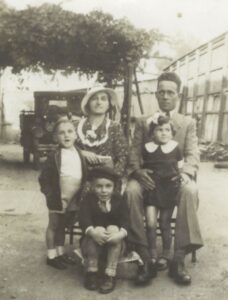
In her interviews recorded in 2014, Lena speaks about her parents, her family life and growing up in the west end of Adelaide, memories of the Veneto market gardeners and the interactions with the wide group of Rossetto relatives. You can locate the interviews with Lena on the Rossetto family page under the Pioneer Families list.
The collection of interviews
The collection of interviews for the Veneto market gardeners’ oral history project has continued to grow – (OH 872 series in the State Library of SA). At present there are more than 60 interviews which record the history of the Veneto market gardener community at Lockleys, a number that were recorded with people connected to the market gardens and several interviews with people in the Veneto region.
It’s really fortunate that the voices of Vittorio Marchioro and Angelina Marchioro, the only representatives of the first generation were interviewed 38 years ago and have been preserved for the future. It is wonderful that so many other people – 10 people in the 1.5 generation – and more than 30 second generation family members have recorded their memories of growing up on the market gardens. Through their interviews we learn about the life of the Veneto market gardeners, the experience of migrant families and the close-knit community that they developed in the inter-war years – and that continues today through the generations and networks of families and paesani.
Madeleine Regan
4 December 2022
PS – First cousins , Johnny Tormena and Lena Moscheni nee Rossetto, celebrated significant birthdays recently. Johnny turned 95 on 29 November and Lena enjoyed a party in November to celebrate her 90 years!
